Another year (I lost count) of shooting film – Part 18
(Read Part 17 here)
When it comes to choosing film I am not the most adventurous person, I tend to stick to Kodak Ektar and Portra 400 with the occasional Velvia. Last year I decided to try Portra 800, and I fell in love.
I didn’t think it would be a huge difference from Portra 400, but although the differences are subtle, I have more keepers, better colours, better sharpness, and it is more versatile than I thought. I first bought Portra 800 for our trip to Bonaire, where I wanted a bit more room to play with my Nikonos. I like to snorkel, and shoot under water with a Nikonos V, a wonderful camera that is a joy to shoot. If you are interested, I wrote about the Nikonos V here.
But the light under water is limited, and the scale focussing is challenging when shooting wide open. I have pushed Portra 400, but I thought shooting the 800 film would make my life just a little easier. I am not sure if it really works this way, but to me there is only so much playing room that a film will give you, and pushing the film eats up part of that playing room. But since light under water can sometimes be difficult to read, I also need some playing room for under- and over exposing. I am not sure if this makes sense, maybe I made this up to justify buying the more expensive Portra 800…
Anyway, my reasoning aside, I was happy with the results. Here are some of my underwater images shot on Bonaire:
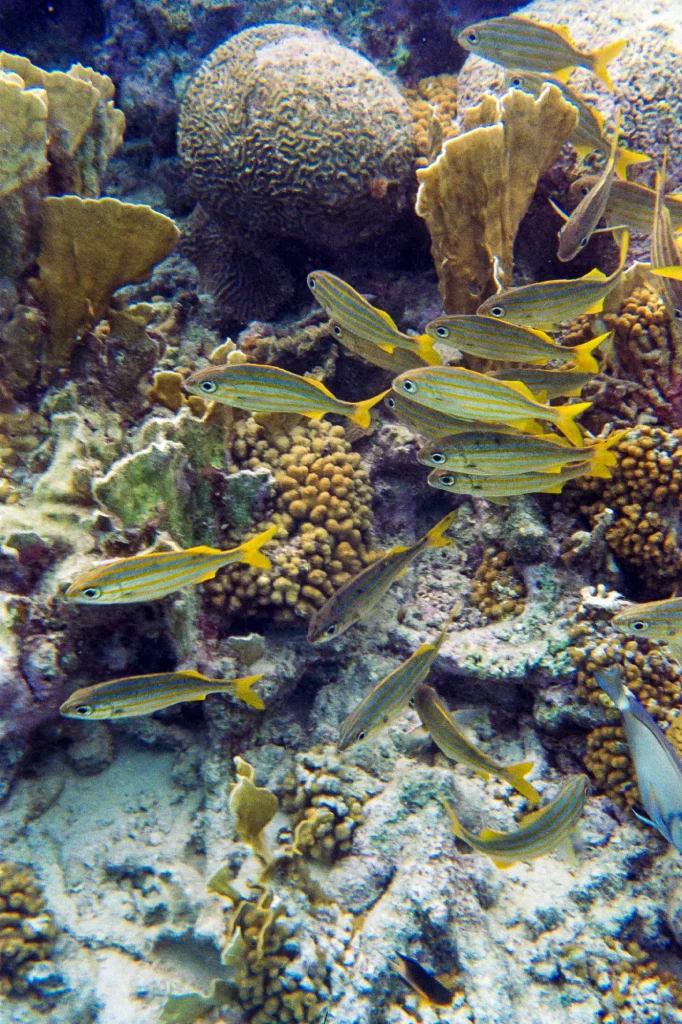
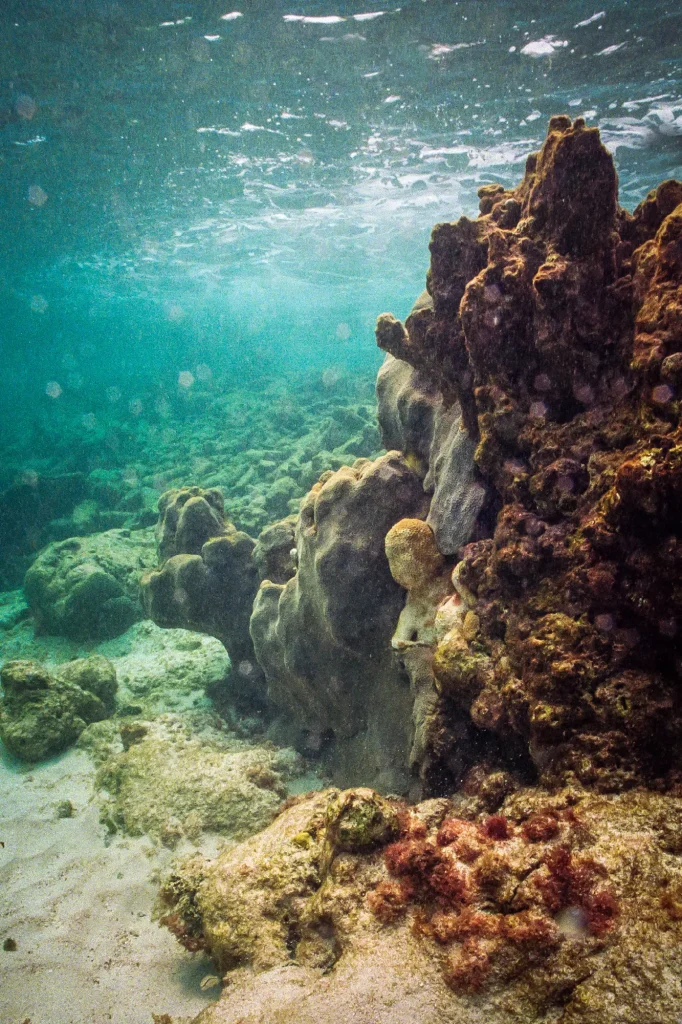
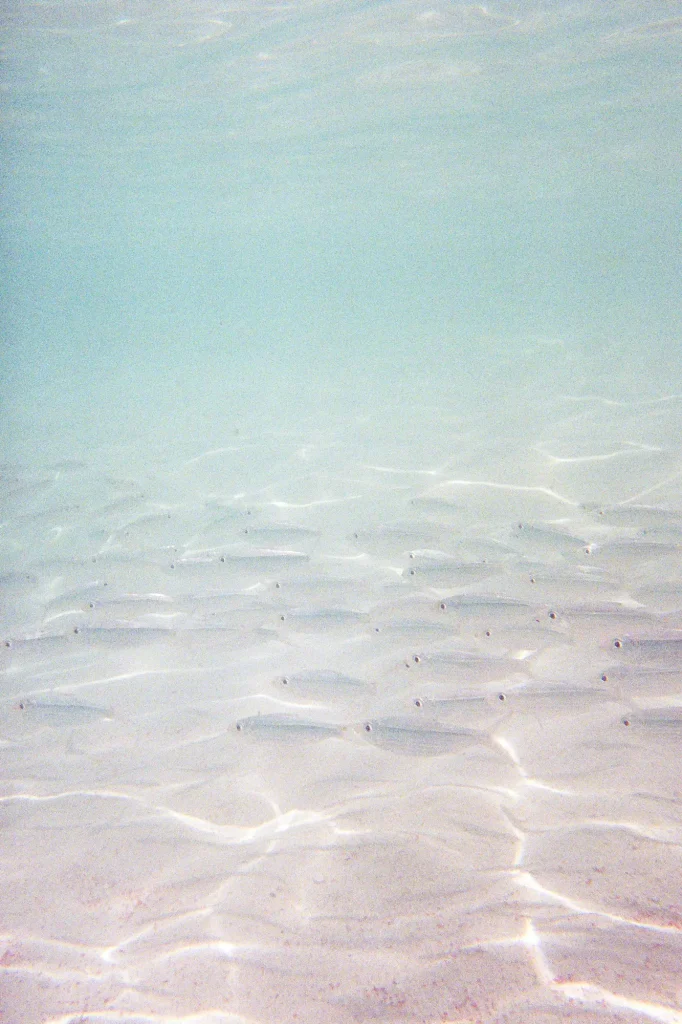
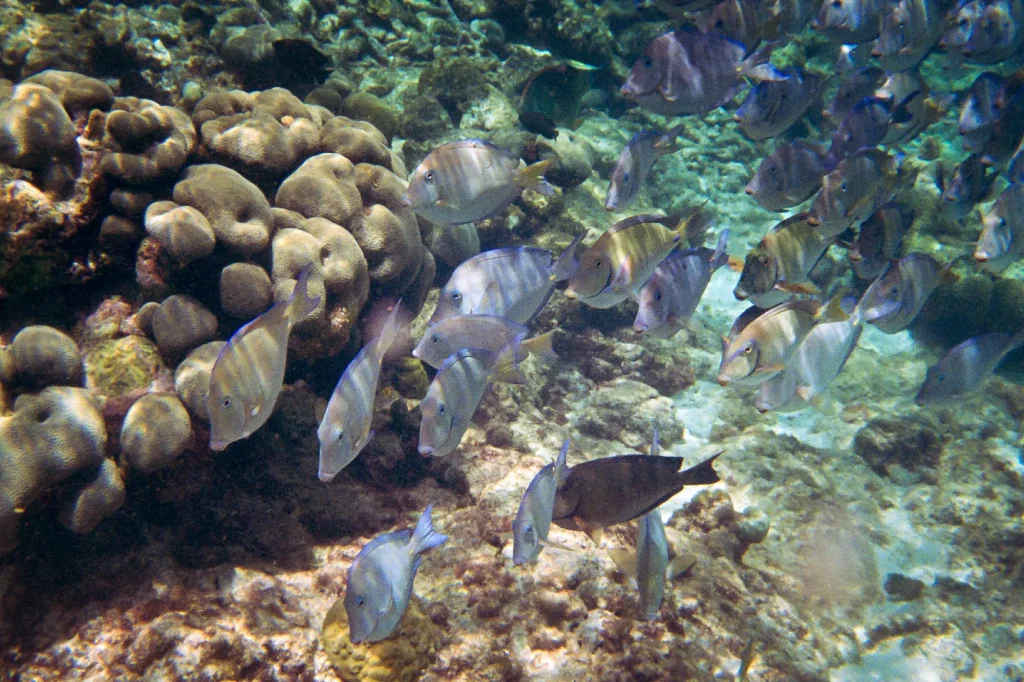
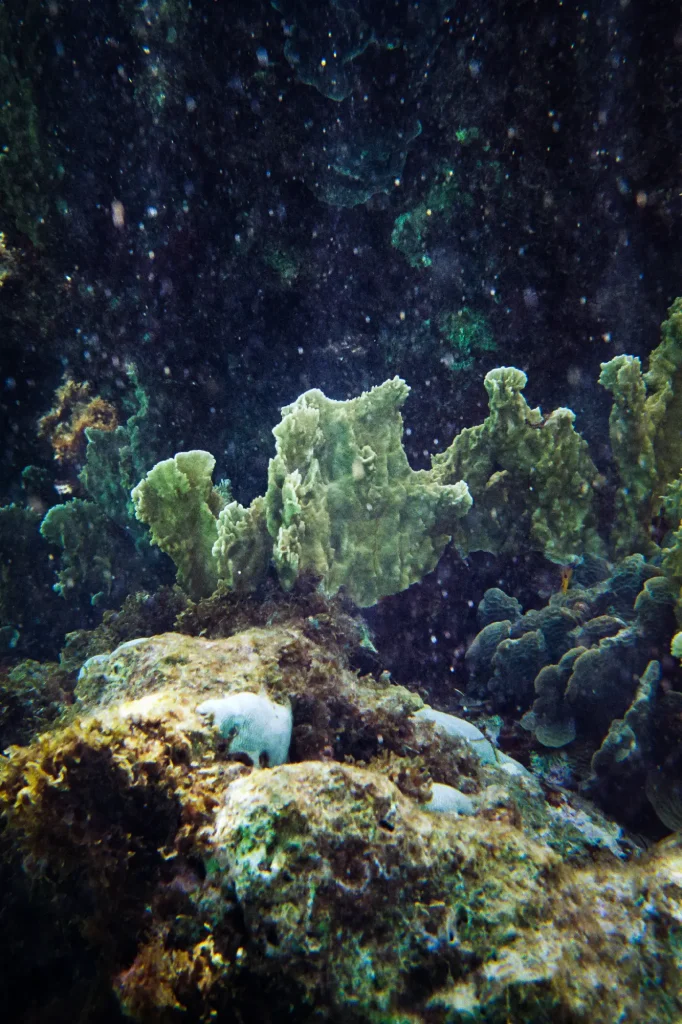
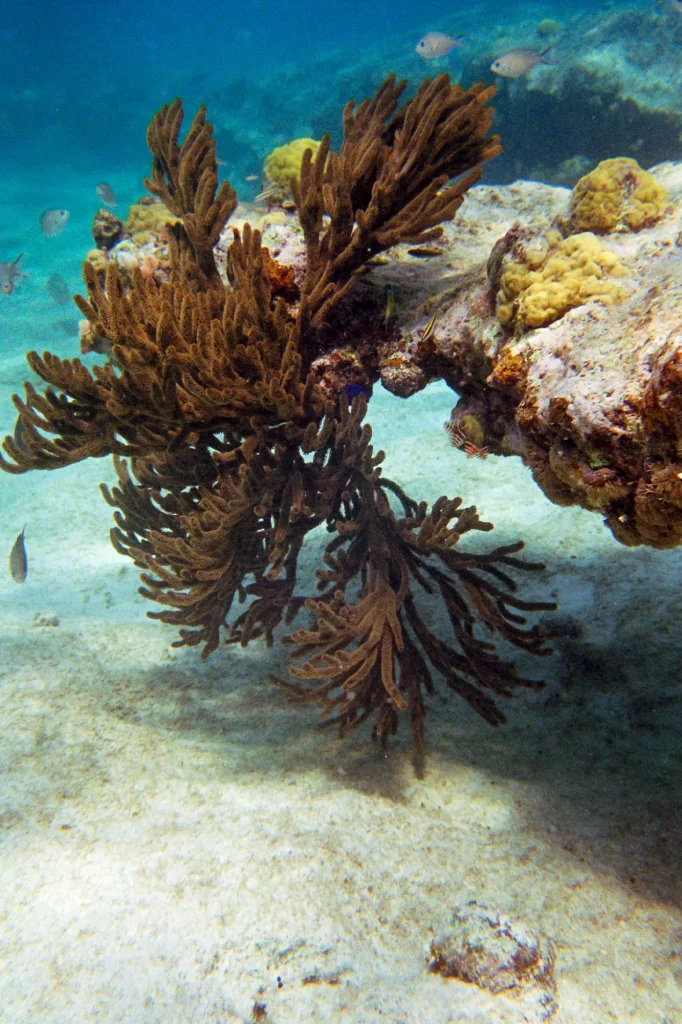
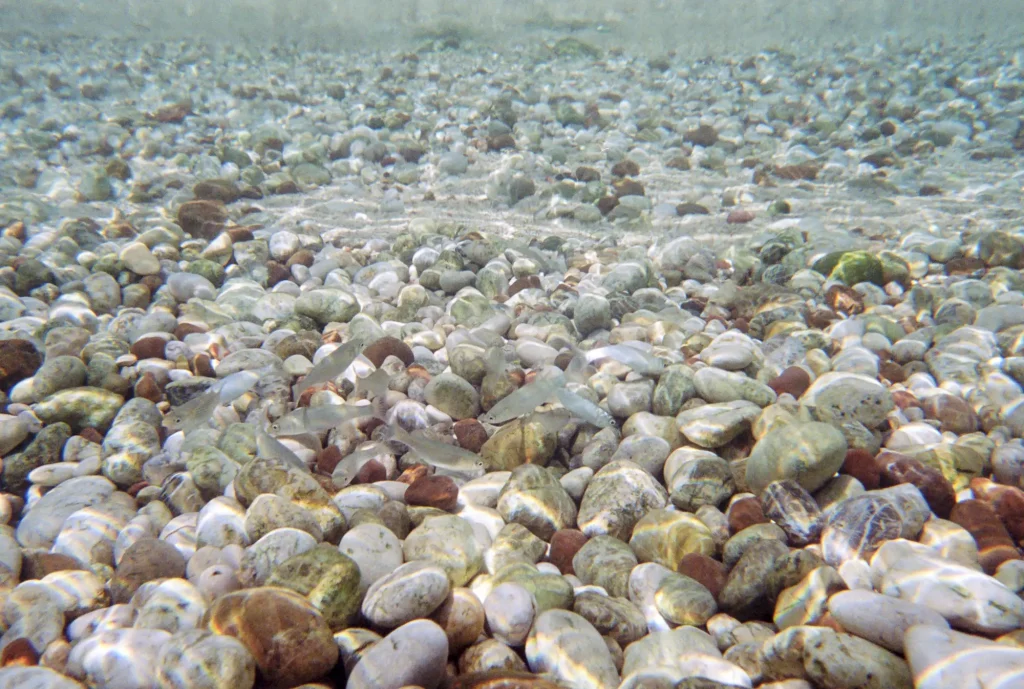
With a few rolls off Portra 800 in my bag, I started to think about other uses. Most are pretty obvious: the extra speed is useful in low-light conditions. But I also discovered the versatility of this film. I like to shoot around sunrise, where light is equally challenging to the under water conditions, being rather scarce and changing fast. Also, I don’t bring a tripod on my holidays, and even if I did, I don’t like how it restricts my motion when finding the best viewing spot. So it made sense to try some Portra 800 in my M2 and use it for my dawn shooting. I really don’t know why I hadn’t thought of that before. Again, I am quite happy with the results:
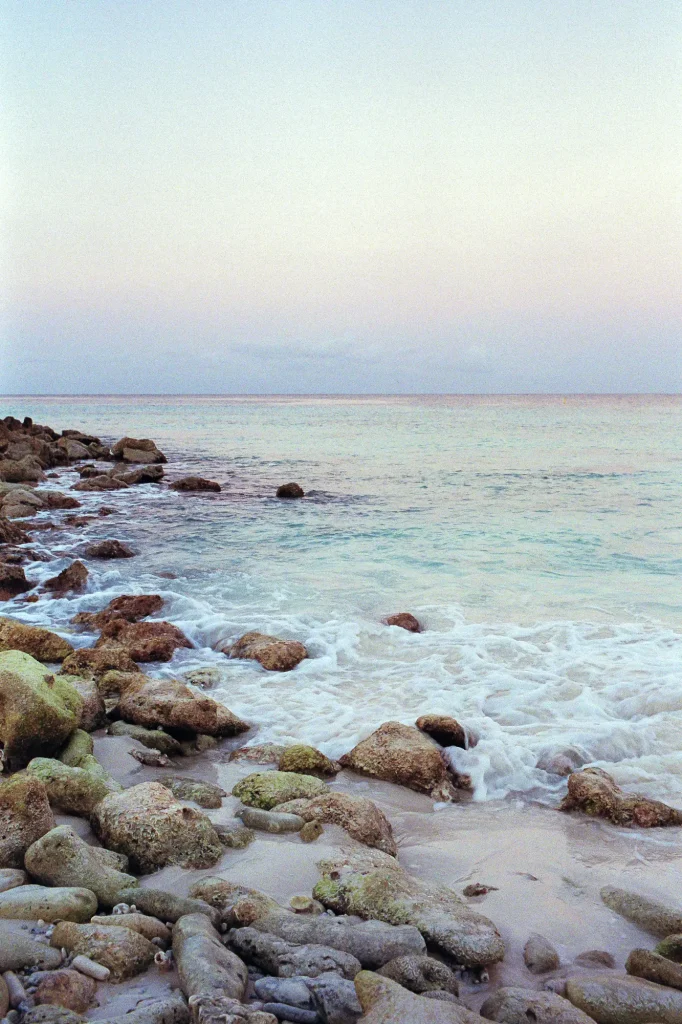
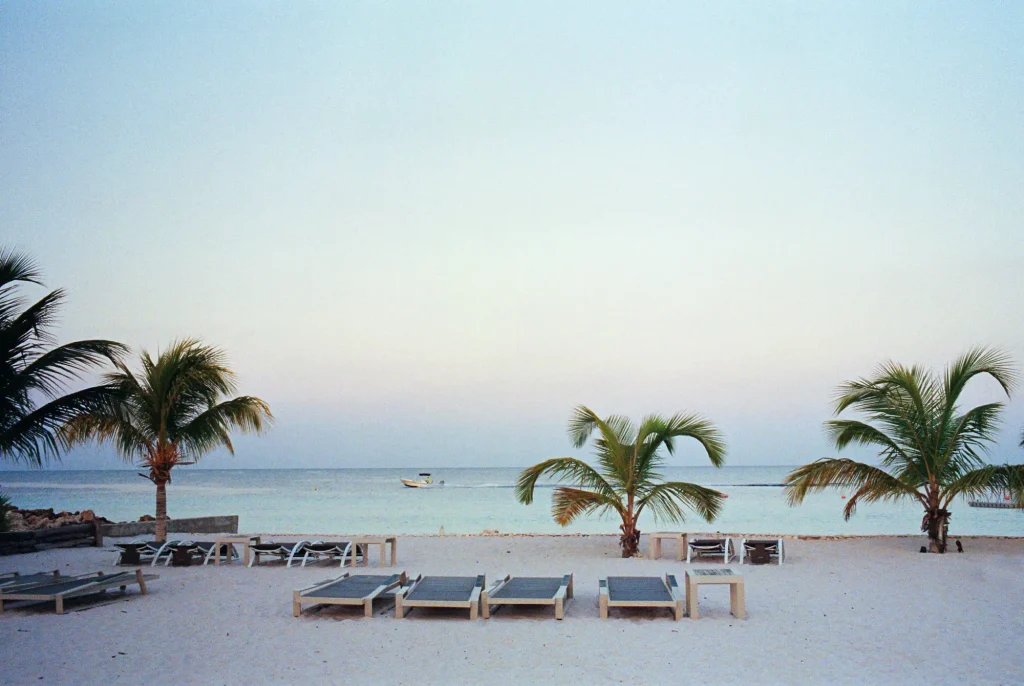
Not always do I finish a roll in the morning, so here is my biggest surprise, it also doesn’t disappoint in the bright light of midday Caribbean Bonaire. Of course without filters (I don’t like carrying extra stuff, so I don’t have filters) shooting EI 800 in these circumstances limit the aperture to f/16 or f/22, but for landscape that is no problem at all:
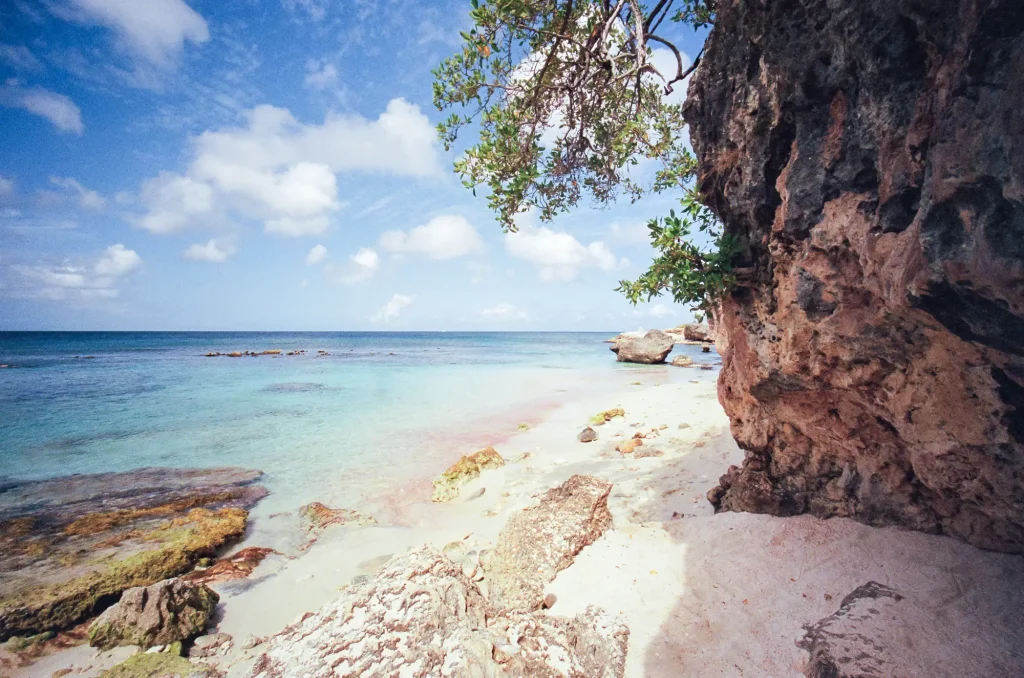
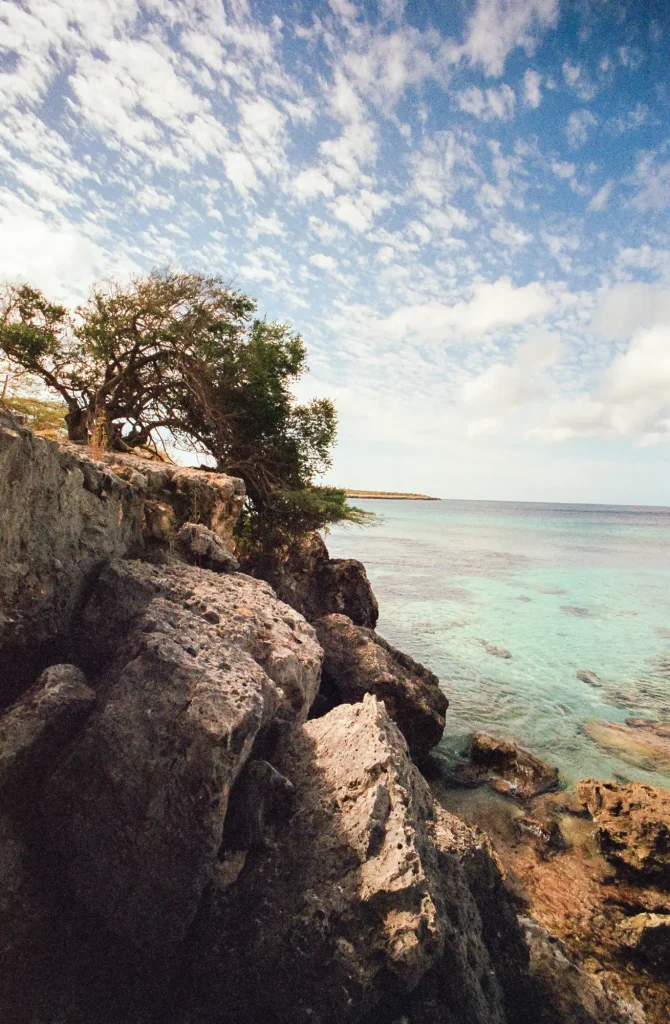
And to finish the day off, sunset works just as well 🙂 …
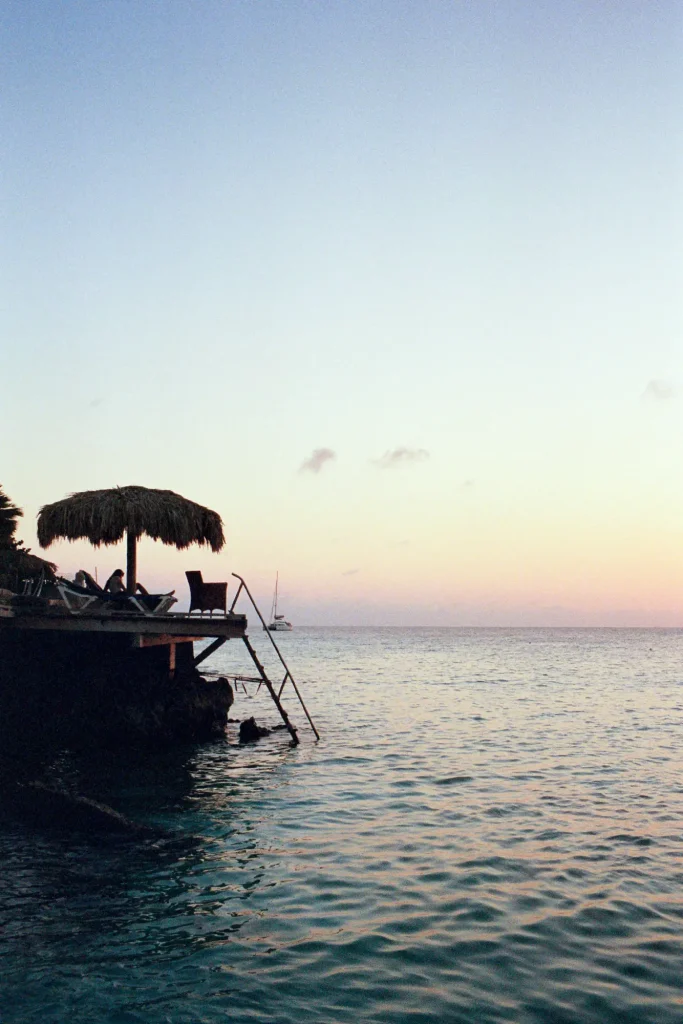
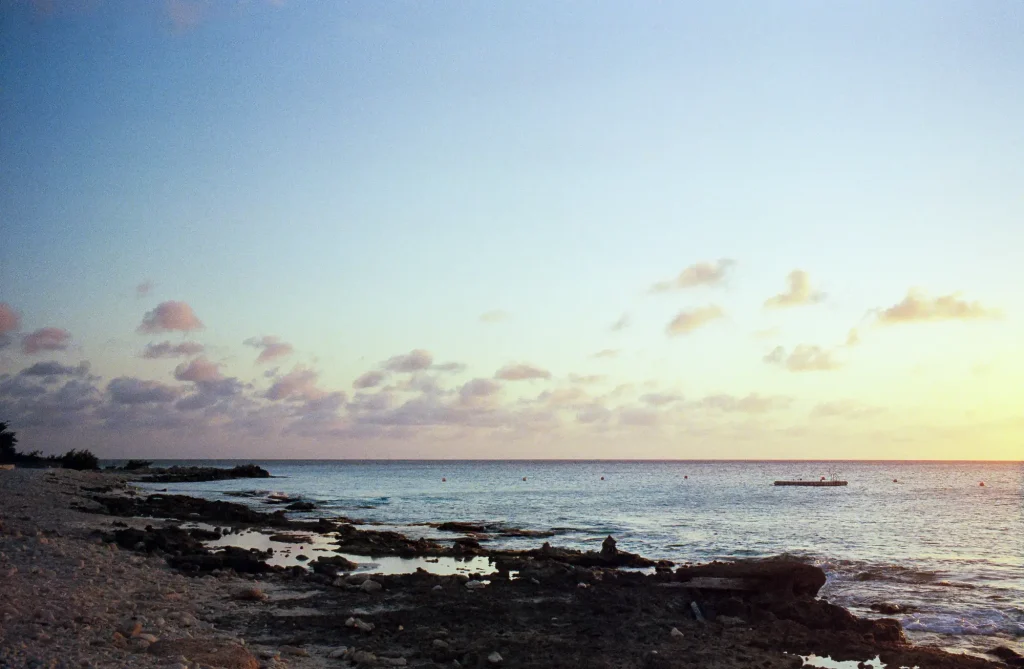
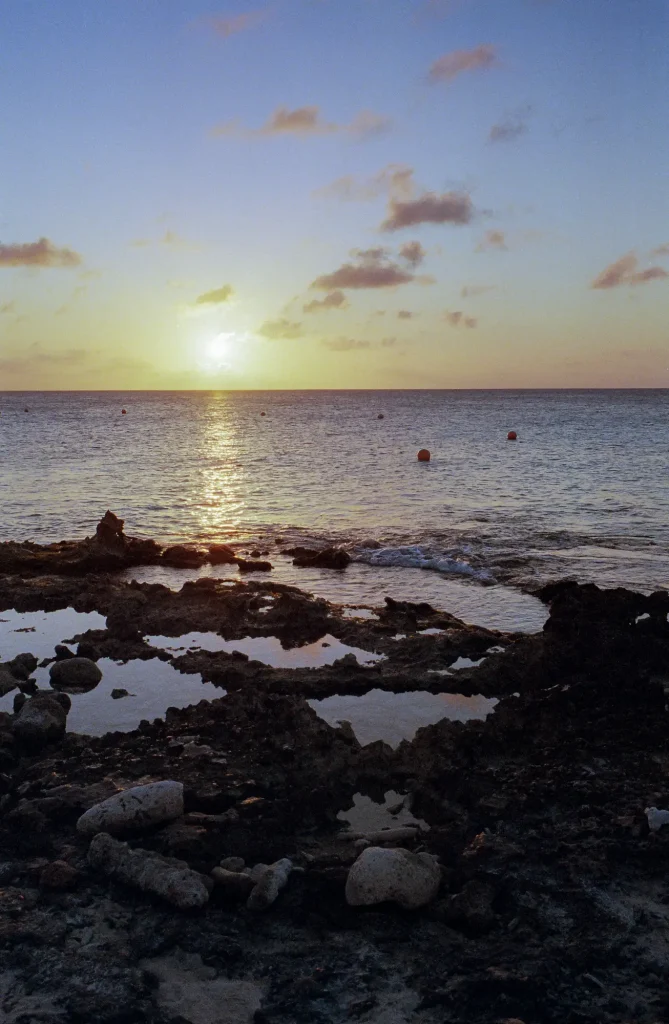
Finally, but this should not have come as a surprise to me, it also performs really well during my favourite shooting when I am back home in The Netherlands: mornings in the forest. Again, not a lot of light, so having the extra speed gives me more flexibility. But what I didn’t expect, is that like the underwater photos, the colours have just that bit extra compared to Portra 400. By the way, for some of these shots I did use a tripod. I still don’t like carrying it around, but I have to admit that in the rather dark forest it does help to get better images.
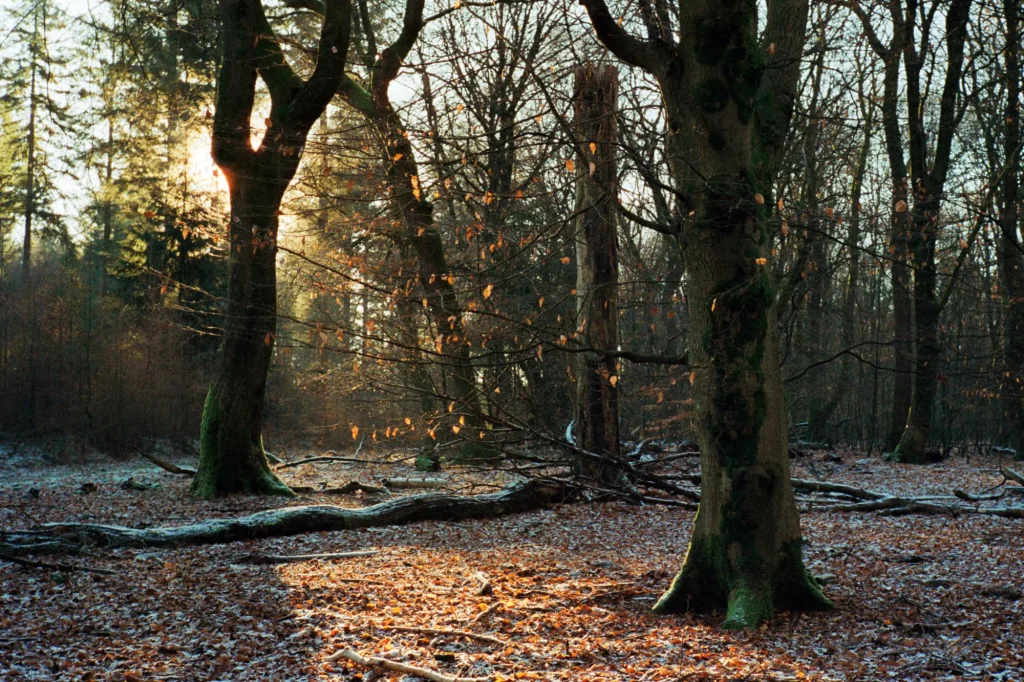
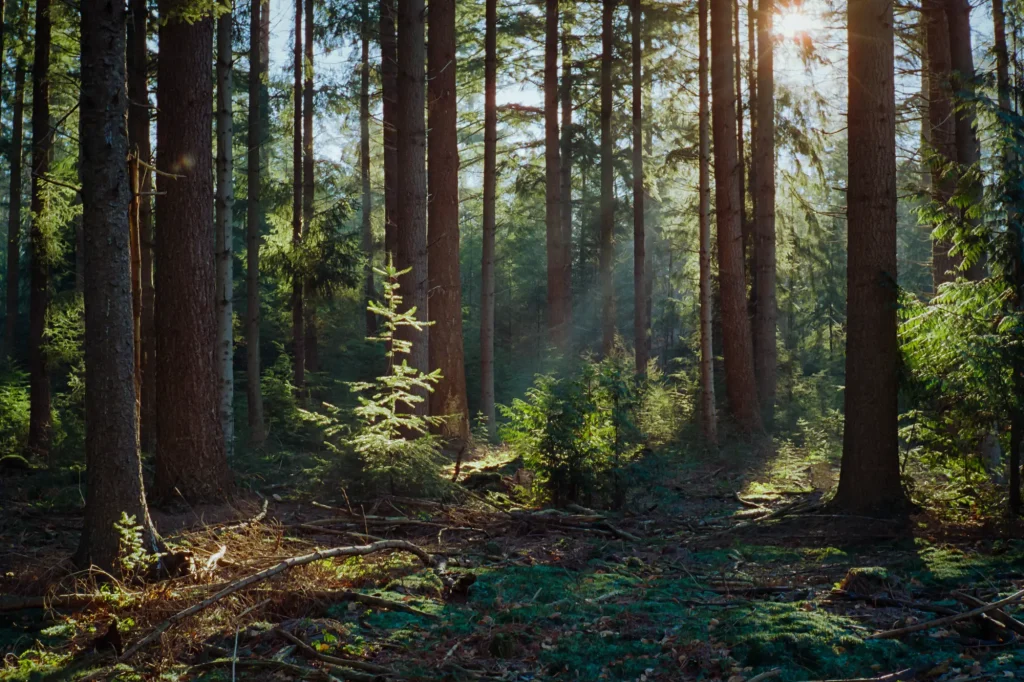
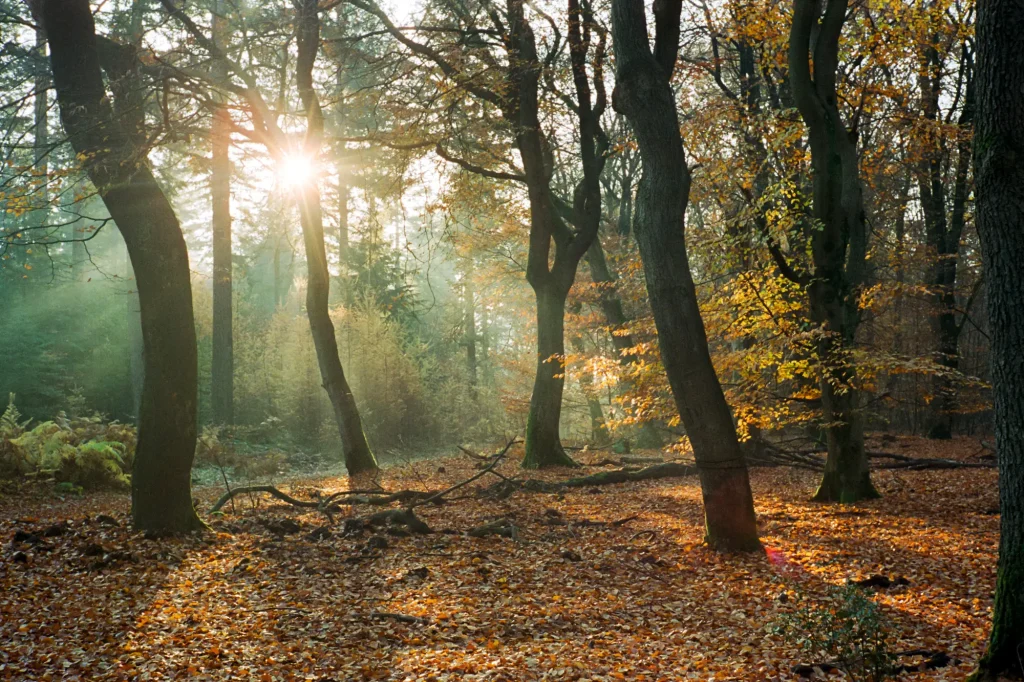

The big question of course is if Portra 800 is worth the extra cost. Of course that is personal, but to me it is. I will still keep shooting Portra 400 and Ektar. I like the slightly more subtle rendering of Portra 400 in bright light. And I prefer Ektar when the light is more bland, the higher saturation of Ektar can bring something extra. But Portra 800 has given me more than just a bit of extra speed, it has given me more keepers, and it has given me the confidence to use film photos for my first exposition. Furthermore, I just had one of the photos above printed in large format: 60 cm x 90 cm, and it still holds up well. That is not an easy feat from a 35mm negative!
All film was developed by me in Tetenal Colortec C-41, and scanned on the Reflecta RPS 10M scanner. If you are interested you can find more of my photos, both digital and film, on my website: whataukjesees.com. I also post regularly on instagram.
Thanks a lot for reading, and Hamish, thanks for having me!
Share this post:
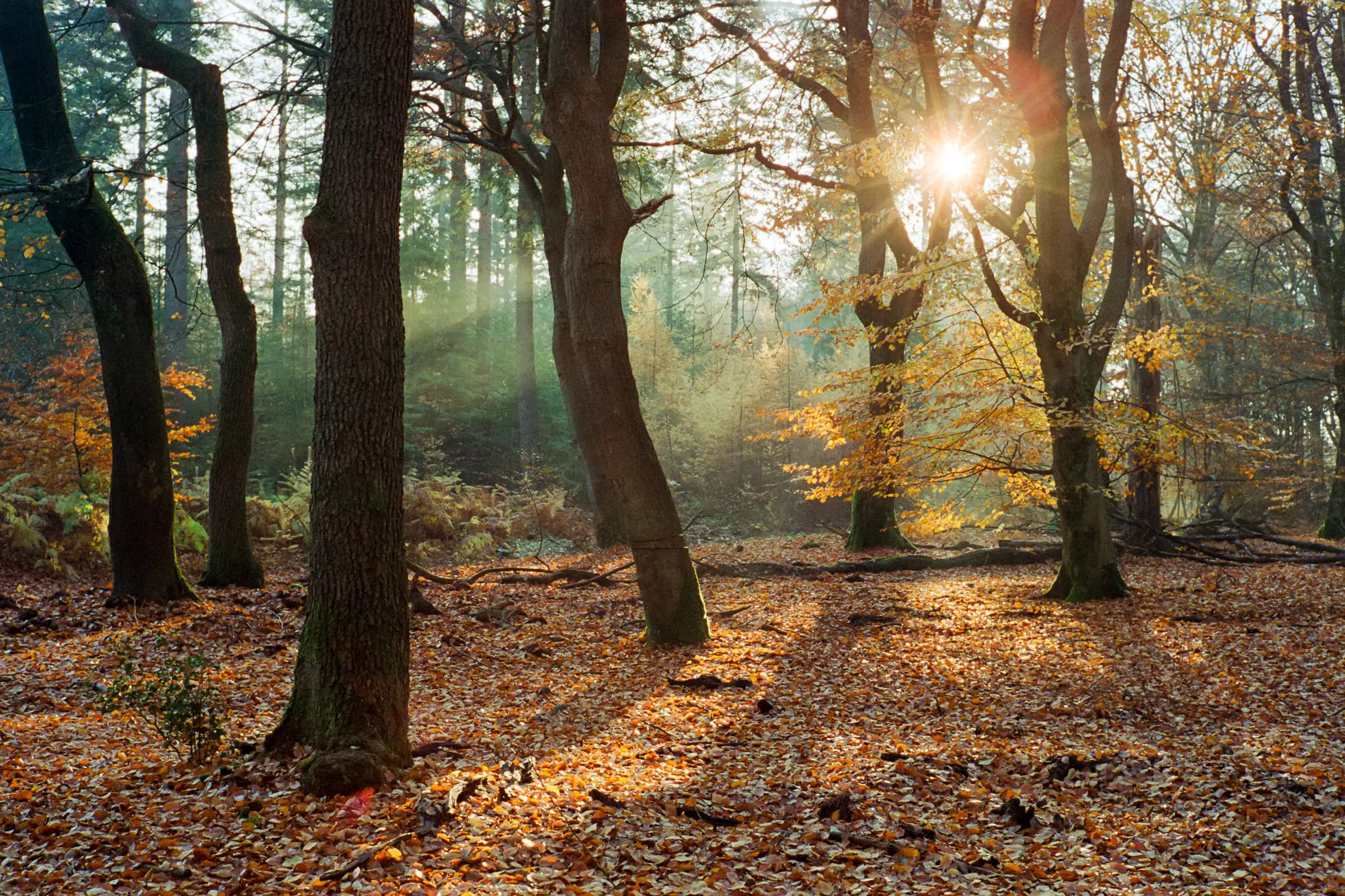
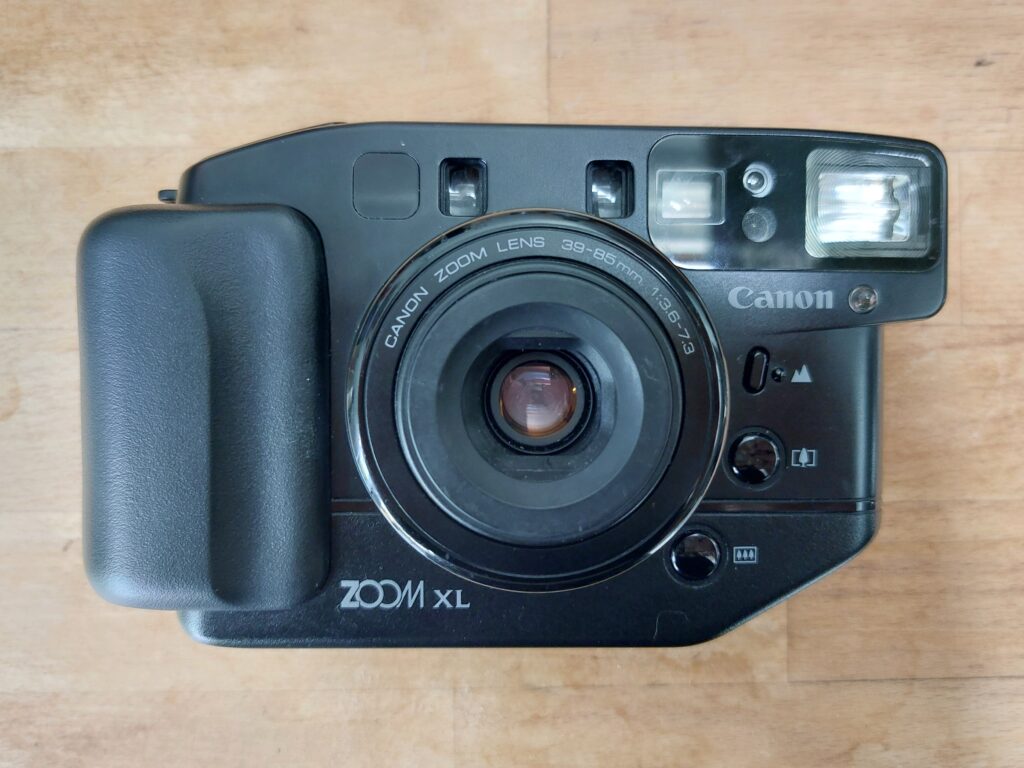
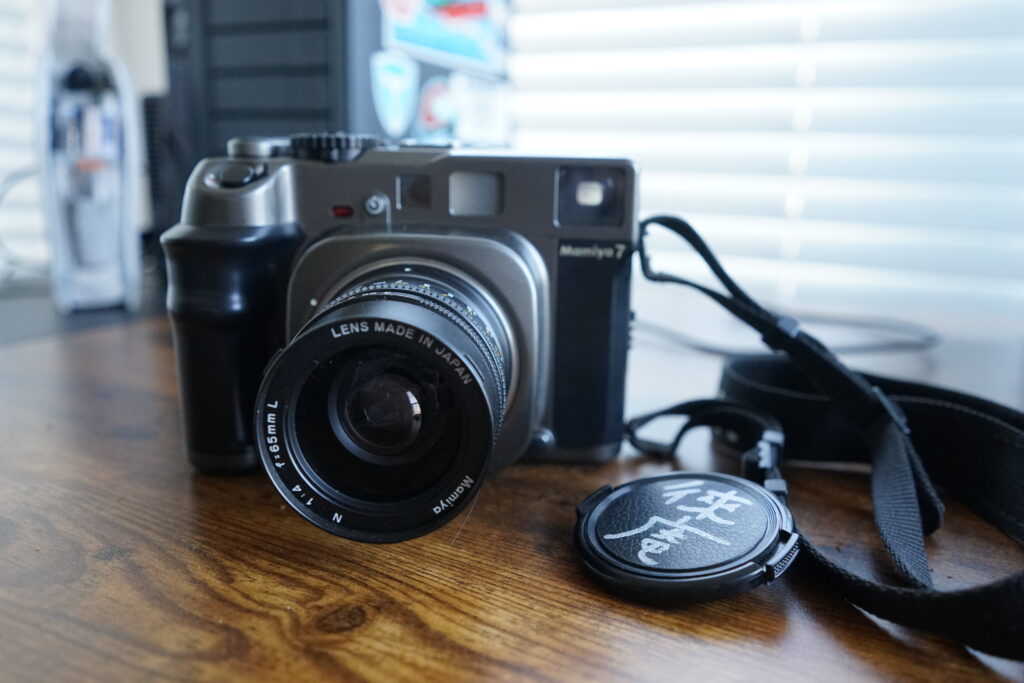
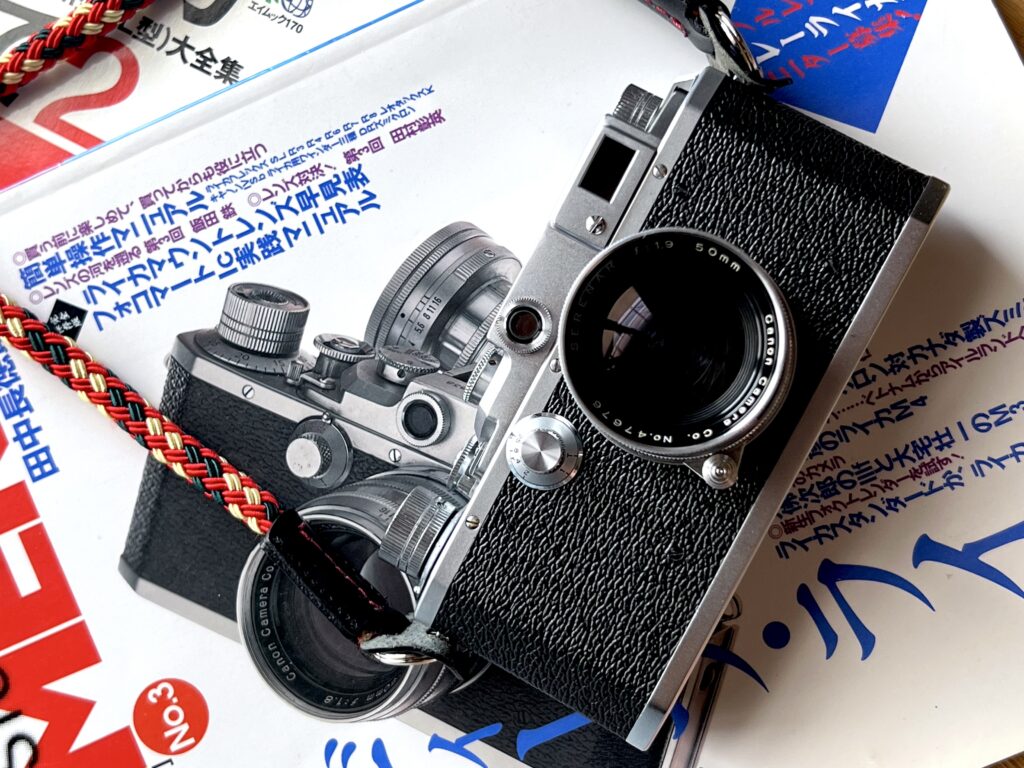
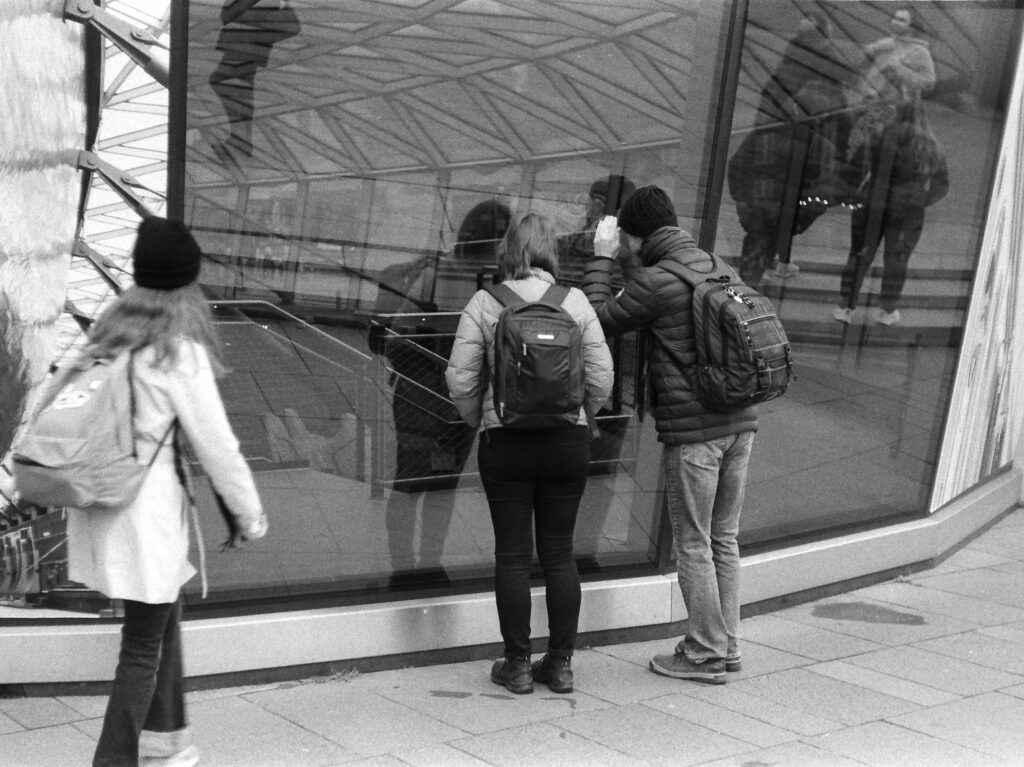





Comments
[email protected] on Kodak Portra 800: My Latest Crush In Film Photography – By Aukje
Comment posted: 28/08/2019
Comment posted: 28/08/2019
Pierre-Alix Favillier on Kodak Portra 800: My Latest Crush In Film Photography – By Aukje
Comment posted: 28/08/2019
Portra 800 is great as well, I've only experienced shooting with it a couple of times but looking forward to the autumn/winter to shoot more of it.
great little article!
Comment posted: 28/08/2019
Calum on Kodak Portra 800: My Latest Crush In Film Photography – By Aukje
Comment posted: 28/08/2019
Comment posted: 28/08/2019
Brian Nicholls on Kodak Portra 800: My Latest Crush In Film Photography – By Aukje
Comment posted: 28/08/2019
Comment posted: 28/08/2019
Keith Tomlinson on Kodak Portra 800: My Latest Crush In Film Photography – By Aukje
Comment posted: 28/08/2019
Comment posted: 28/08/2019
Comment posted: 28/08/2019
Comment posted: 28/08/2019
Comment posted: 28/08/2019
Louis A. Sousa on Kodak Portra 800: My Latest Crush In Film Photography – By Aukje
Comment posted: 28/08/2019
Comment posted: 28/08/2019
Jared Tennant on Kodak Portra 800: My Latest Crush In Film Photography – By Aukje
Comment posted: 28/08/2019
Comment posted: 28/08/2019
Roger B on Kodak Portra 800: My Latest Crush In Film Photography – By Aukje
Comment posted: 28/08/2019
Comment posted: 28/08/2019
Steve Ember on Kodak Portra 800: My Latest Crush In Film Photography – By Aukje
Comment posted: 28/08/2019
Thanks also for reminding me of a good use for Ektar to make colors more vivid in subdued lighting conditions - I've not yet used that film in such conditions. Your account - and photos - also remind that Portra-800 remains a good medium for shooting outside of low light conditions, where one might be more inclined to use a slower film.
You have an engaging style of writing that certainly conveys your enthusiasm for photography and takes the reader along on your shooting adventures.
Comment posted: 28/08/2019
tom on Kodak Portra 800: My Latest Crush In Film Photography – By Aukje
Comment posted: 28/08/2019
Comment posted: 28/08/2019
Daniel Emerson on Kodak Portra 800: My Latest Crush In Film Photography – By Aukje
Comment posted: 28/08/2019
Regards,
Daniel
Comment posted: 28/08/2019
Steven Bleistein on Kodak Portra 800: My Latest Crush In Film Photography – By Aukje
Comment posted: 28/08/2019
BTW, I love the pastel colors you got in the Caribbean photos!
Comment posted: 28/08/2019
eric on Kodak Portra 800: My Latest Crush In Film Photography – By Aukje
Comment posted: 29/08/2019
EXCELLENT, RELAXING
LOVE THEM.
PERFECT USE OF VOIGT 15MM i love it too, a majestic lens (with my M3).
I feel well after your photos
Comment posted: 29/08/2019
Aurélien on Kodak Portra 800: My Latest Crush In Film Photography – By Aukje
Comment posted: 29/08/2019
Very nice post, I'm for sure gonna spend some time on your website.
Keep on shooting!
Comment posted: 29/08/2019
Julian on Kodak Portra 800: My Latest Crush In Film Photography – By Aukje
Comment posted: 29/08/2019
Comment posted: 29/08/2019
robert (jamrobert) on Kodak Portra 800: My Latest Crush In Film Photography – By Aukje
Comment posted: 30/08/2019
Comment posted: 30/08/2019
Tony Smith on Kodak Portra 800: My Latest Crush In Film Photography – By Aukje
Comment posted: 30/08/2019
Comment posted: 30/08/2019
John Furlong on Kodak Portra 800: My Latest Crush In Film Photography – By Aukje
Comment posted: 31/08/2019
Comment posted: 31/08/2019
Melissa Selena on Kodak Portra 800: My Latest Crush In Film Photography – By Aukje
Comment posted: 01/09/2019
Comment posted: 01/09/2019
Bradley on Kodak Portra 800: My Latest Crush In Film Photography – By Aukje
Comment posted: 26/09/2020
Comment posted: 26/09/2020